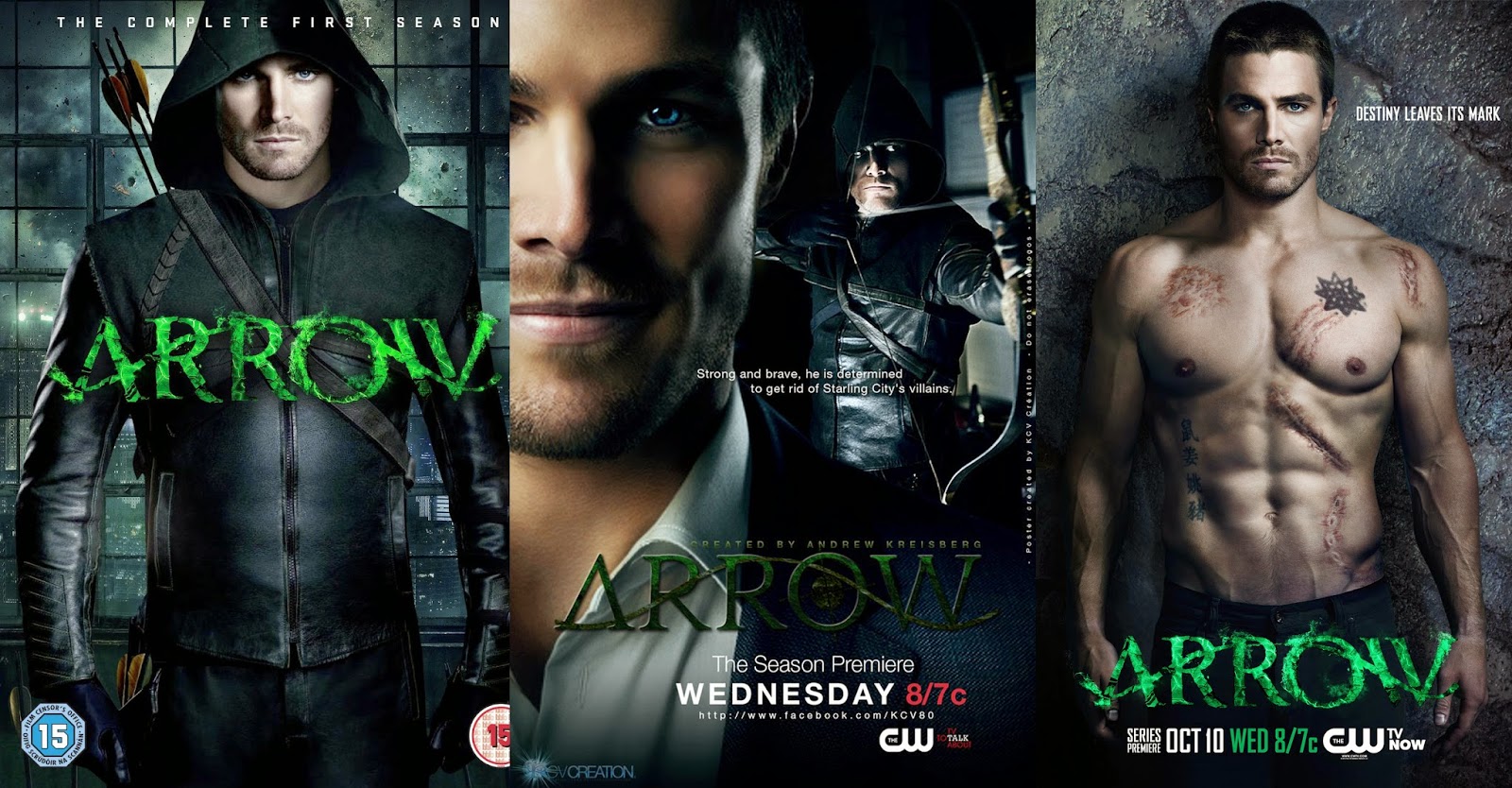 |
| (image source) |
Do you remember those old Choose Your Own Adventure books? They started the story and then at the end of a chapter the main character would come to a crossroad and need to make a decision. Their options would be presented and then YOU as the reader got to decide which option you thought they should take. If you opted for the first one, you went to page 45 and if you opted for the second one, you skipped to page 53 etc. Then at the end of that chapter, the same thing happened until you reached a conclusion. Then it was always fun to go back and read what COULD have happened if they made a different choice.
 |
| (image source) |
Endless possibilities with your storyline is something I've been thinking about lately as I'm working to tie up a bunch of loose ends on my current WIP. I think sometimes we brainstorm for a while and come up with an idea and then see that as THE WAY the story should go. And we stop thinking about other possibilities. Especially after we've written a scene, it's easy to try to make what we've written work simply because we've already imagined it that way.
 |
| (image source) |
Allow yourself the possibility to switch tracks.
As an exercise, choose a scene in your book that you may have already finished, or where you are currently and then think about all the players. Consider new options. Pretend you have to come up with 3-5 directions the story could go and write a synopsis/outline paragraph on each one. Then REALLY consider your options. Are you putting your character into the most sticky situation? Is the option you're set on going to stretch the MC's boundaries? Make them grow as a person? Dig as deep as they can? Are you creating the MOST amount of tension between characters?
 |
| (image source) |
Think though the MAIN ideas of your story. Are you taking the themes through your WIP and pushing them to the absolute limits? What's the FURTHEST you can push an idea? Are you giving yourself false roadblocks because you think something should happen a certain way? Are you allowing your own biases to creep into your words? Are you allowing your characters wiggle room to breathe and do something you didn't expect from them?
 |
| (image source) |
Reanalyze Your Opening
If you're not sure where to try this, one really good place is your opening scene. Many times when we start writing we're not really sure where the best place to open the story is. We may THINK we know, but don't be afraid to go back and rethink your choice after you have a more solid grip on your characters.
Just for fun, write three different openings for your manuscript. And they don't all have to start in the same time or even with the same character. Let your mind FLOW and be open to other possibilities. Get rid of your roadblocks and you may be surprised where you can go.
Here are some ideas to get your juices flowing:
- Try writing the scene from a different character's perspective.
- Try opening you book from a later chapter and see how it affects everything. Try from Ch 2 or 3. Many agents say there's way too much backstory in opening chapters and the manuscript opens in the wrong place.
- Give your character a fatal flaw you haven't previously considered. Make them as multi-dimentional as you can.
- Let your characters react in a big way. Let them get mad, hurt, angry, sad, hysterical.
- Switch the setting. Place your character somewhere totally new and see how they react.
- Consider the emotional arc of the character. What's the one thing that would break them? Then make that happen.
- Make sure your main characters all have a personal stake in the story. Don't let anyone be there for convenience.
- Look for places when characters agree on something. What will happen if a character says NO instead? Put as much conflict into every scene as you can. All your dialogue should have some degree of conflict in it: emotional conflict, people that are at odds with one another, different agendas, unspoken fears etc. Good Conversation = Conflict
 |
| (image source) |
The challenge for today is to open your mind and allow yourself to rethink things, to consider different angles, to push yourself and your characters into new spaces. You may be surprised where it takes you.
GOOD LUCK and happy writing!!!













































